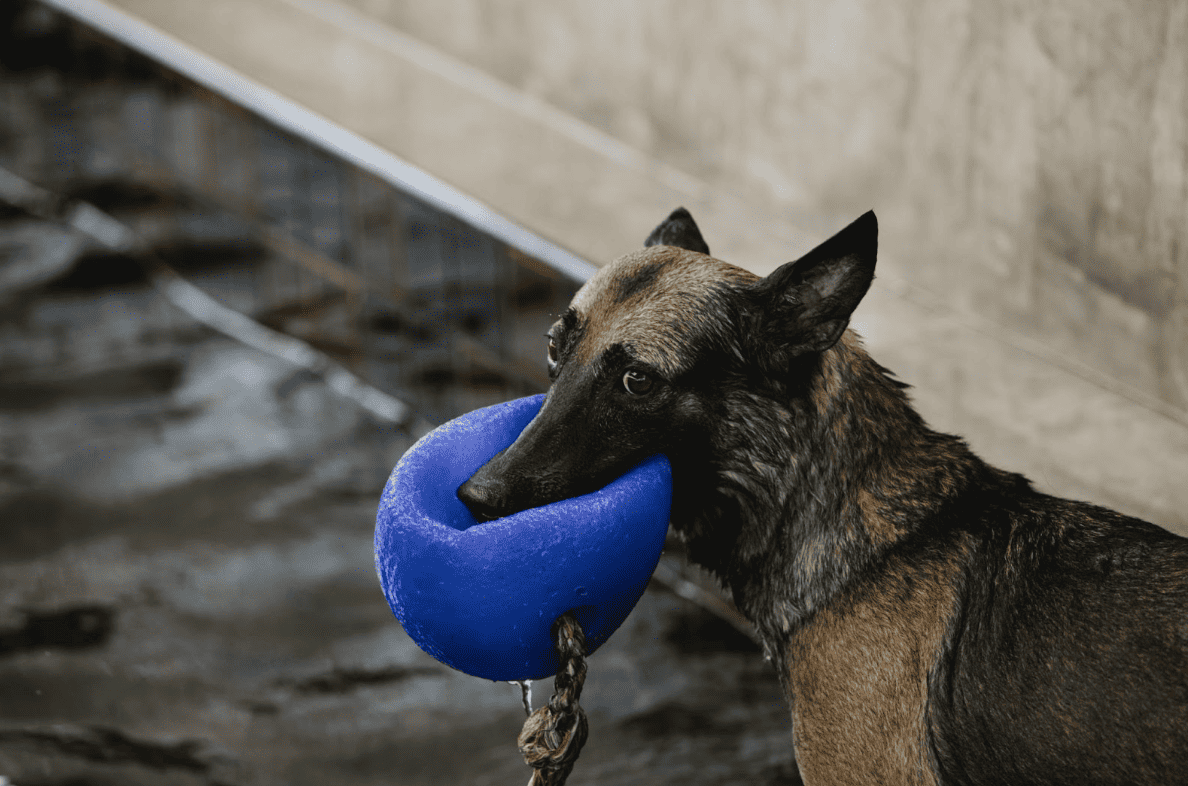Dog ownership is a joy that brings immeasurable companionship and love into our lives. However, it also comes with the responsibility of ensuring the safety of both the dog and those who interact with it.
One crucial aspect of this responsibility is preventing dog bites. While most dogs will go their entire lives without ever biting anyone, they are still animals and the risk of a bite is never zero. Understanding dog behaviour and fostering safe interactions is the best way to ensure the safety of both you and your dog.
Understanding Dog Behaviour
Recognising and understanding dog behaviour is vital in preventing dog bites. Dogs use their body language to communicate, and being able to decipher these signals can help in predicting a possible bite.
Aggressive behaviours are often a sign that a dog may bite. These can include growling, snarling, showing teeth, or a rigid body posture. However, fear can also lead to bites. Dogs showing signs of fear, such as tucking their tail, flattening their ears, or avoiding eye contact, should not be approached or cornered, as they may bite out of fear.
Furthermore, recognising situations that can make a dog uncomfortable or fearful is critical. Dogs can be protective of their food, toys, or puppies, and may react aggressively if they feel threatened. Shih Tzu and Cavoodle breeders are usually careful with new moms because even though they’re normally really sweet, they can react aggressively during these sensitive periods. Also, dogs may bite when they are injured or unwell, as they may be more fearful or defensive during these times.
Tips for Safe Interactions with Dogs
Having established the importance of understanding dog behaviour, it is crucial to discuss safe interactions with dogs.
Firstly, always ask for permission from the dog’s owner before approaching an unfamiliar dog. When you do approach, allow the dog to sniff you first – this is their way of getting to know you. Avoid putting your hand over the dog’s head, as this can be threatening to them.
Contrary to popular knowledge, you often don’t need to hold out your hand at all – dogs are perfectly capable of smelling you from a couple of feet away. If a dog seems frightened or aggressive, it’s best not to approach.
Keep your movements slow and avoid direct eye contact, which dogs can interpret as a challenge.
The following general principles can help reduce the likelihood of dog bites:
- Approach slowly and calmly: Never rush up to a dog, even if it’s one you know well. Dogs can get startled and may react defensively. Approach the dog slowly and calmly, giving it time to adjust to your presence.
- Approach from the side, not head-on: Dogs might see direct, head-on approaches as confrontational. It’s more comforting for them if you approach from the side, bending down to their level rather than looming over them from above.
- Watch your body language: Be aware of your body language and movements. Avoid direct, prolonged eye contact, as many dogs find this threatening. Your posture should be relaxed, not rigid or tense. And avoid big, sudden movements, which could scare the dog.
- Use a gentle voice: Speak to the dog in a calm, friendly voice. High-pitched, loud, or angry tones can upset the dog.
- Never tease or taunt a dog: It’s crucial to treat all dogs with respect and kindness. Teasing, taunting, or trying to play roughly with a dog can lead to aggressive reactions and potential bites.
- Understand play behaviour: When playing with a dog, pay attention to its body language. Even during play, a dog might show signs that it’s becoming uncomfortable, such as growling, baring teeth, or raised fur along the back. Stop the play if you see these signs.
- Respect the dog’s personal space: Always respect a dog’s personal space, especially when it’s eating, sleeping, or nursing. Dogs can feel threatened and may react aggressively if disturbed during these times.
- Use treats wisely: Treats can be a great way to bond with a dog, but it’s important to use them properly. Always offer the treat on an open palm to avoid accidental bites. Also, be aware that some dogs can be protective over treats and food.
- Consider the dog’s health and age: Older dogs may have pain or sensory loss that can make them more reactive, and unwell dogs may be irritable or frightened. Always consider the dog’s health status when interacting, and be particularly gentle and patient with older or unwell dogs.
Educating Children About Dog Safety
Educating children about dog safety is an essential part of preventing dog bites. Kids are often the victims of dog bites, primarily due to their size and lack of understanding about how to behave around dogs.
Teach children not to approach unfamiliar dogs, even if they seem friendly. They should always ask permission from the dog’s owner before approaching or touching a dog. Explain that dogs have feelings too, and they might be scared or upset by loud noises, sudden movements, or if they’re disturbed while eating or sleeping.
Children should also be taught to interpret basic dog body language, such as the difference between a relaxed dog and a scared or aggressive one. Encourage children to be gentle with dogs and show them how to pet dogs appropriately.
Conclusion
Dog bites can have serious consequences, but they are often preventable. By understanding dog behaviour, promoting safe interactions, and educating children about dog safety, dog owners can significantly reduce the risk of bites.
It’s essential to remember that every dog is an individual, and what works for one might not work for another. Therefore, continuous learning, patience, and respect for a dog’s boundaries are key to ensuring a safe and harmonious relationship. After all, the safety and wellbeing of our four-legged friends and those who interact with them is the ultimate goal.
Photo Credit: https://www.pexels.com/photo/german-shepherd-playing-with-buoy-against-pool-7210306/

